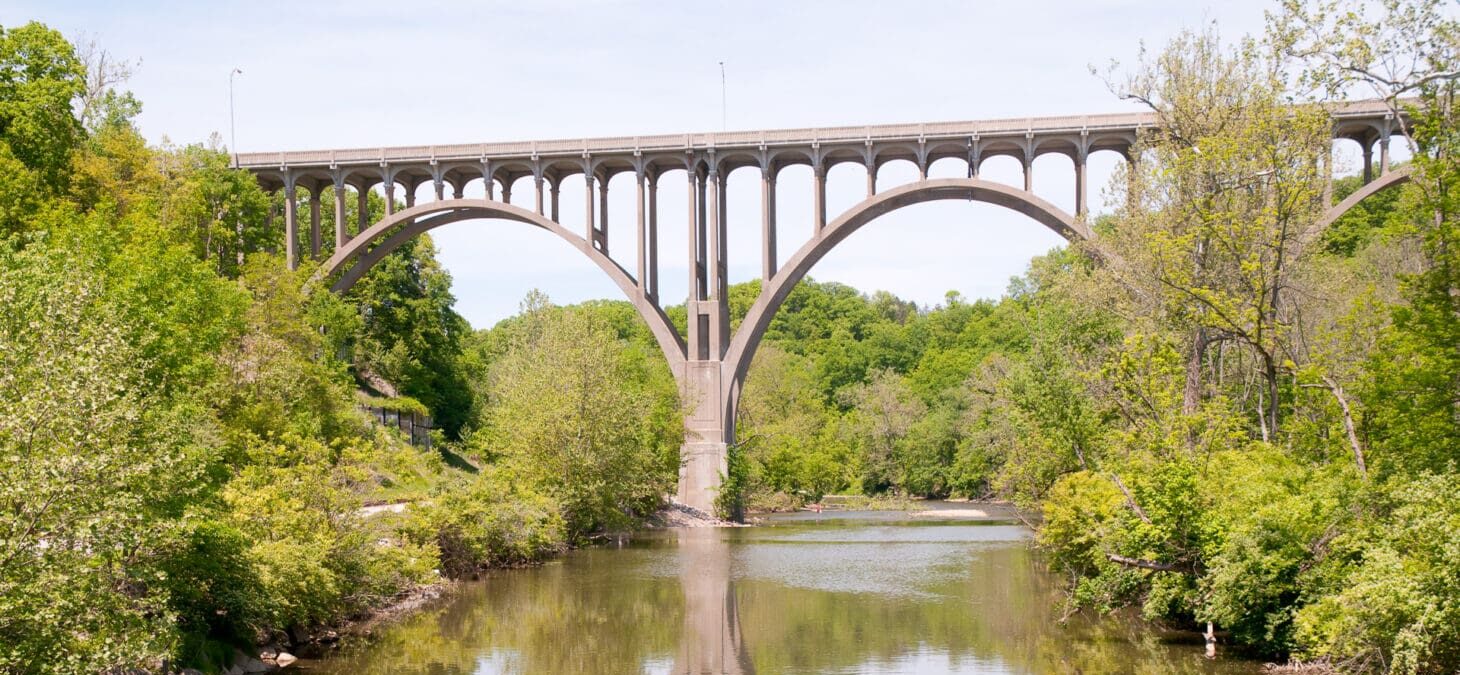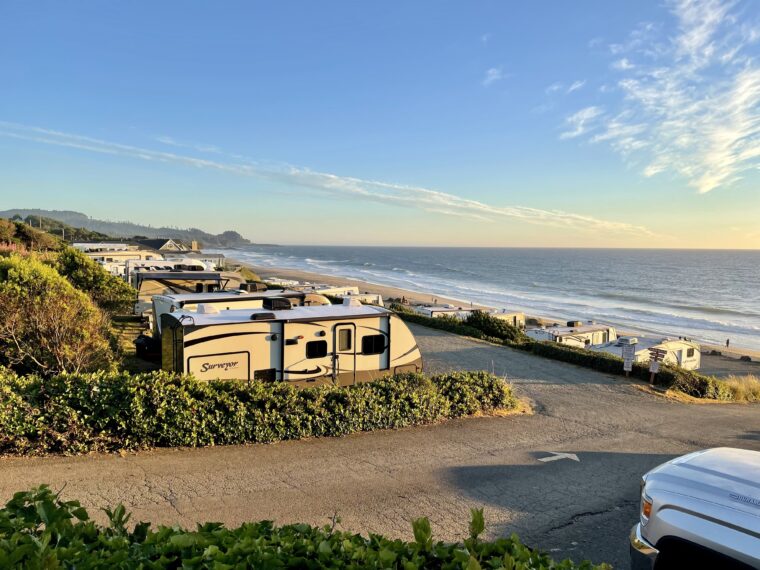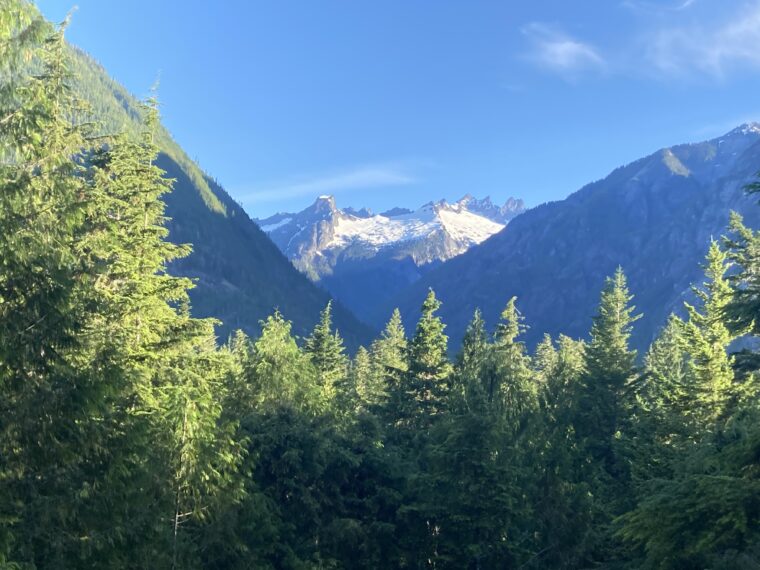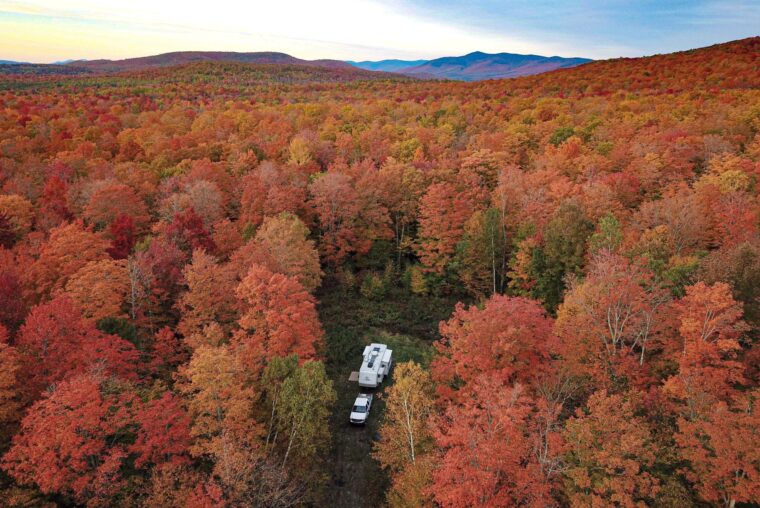The Cuyahoga Valley stretches between two metropolitan areas—Cleveland and Akron, Ohio—and surrounds the Cuyahoga River as it winds its way toward Lake Erie. Ever since achieving international notoriety in 1969 for catching fire due to immense levels of pollution, the Cuyahoga River has steadily been recuperating. The area became a national recreation area in 1974 and achieved national park status in 2000, protecting more than 50 square miles of this lush landscape as Cuyahoga Valley National Park. There are abundant forests, gorges, wetlands, and waterfalls to explore, including 22 miles of the Cuyahoga River.
5 Spots to Visit on an Ohio Valley RV Road Trip
Highlights
There are more than 125 miles of hiking trails within the park, ranging from nearly flat to challenging, hilly paths. The Towpath Trail runs through the heart of the park and is by far the most popular. It follows the historic route of the Ohio and Erie Canal, where visitors can walk, hike, jog, or bike along the same path that mules walked to tow canal boats. The trail is open 24 hours and is level and hard-packed, making it accessible for bikes, wheelchairs, and strollers. There are lots of access points for the 20-mile-long trail, but parking lots can fill early, especially in the summer. From May through October, you can bike one way and return by train using the Cuyahoga Valley Scenic Railroad’s Explorer service.
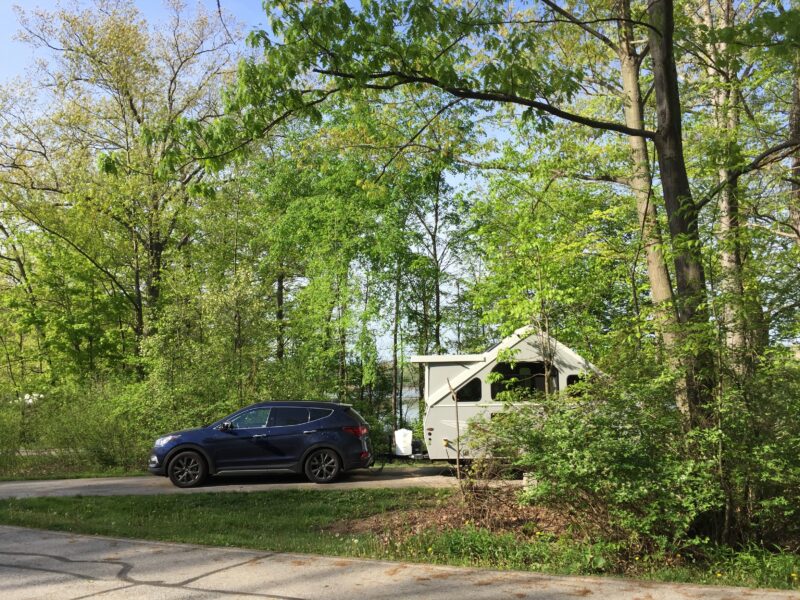
The Cuyahoga Valley Scenic Railroad is another can’t-miss feature of the park. Though it’s not run by the National Park Service (NPS), the train’s National Park Scenic excursion travels the length of Cuyahoga Valley along the river and takes about 2.5 hours round-trip. Trains run from January through May, and you can board at three separate stations along the way. There are different seating options, but for the best view, book a seat in the dome car, which features fully windowed sides and ceilings for the best view of the park.
One of the best vantage points in the park is on the Cuyahoga River itself, but those who wish to canoe or kayak on the river must bring their own equipment, as there are no rental kiosks within the park, and the NPS doesn’t maintain the river for recreational use. That said, the Cuyahoga River Water Trail offers a wealth of information about various water routes in the area. The section that flows through the park is covered by Map 4 and highlights four water access points within Cuyahoga Valley.
Getting There by RV
Cuyahoga Valley National Park is located by interstates and highways for easy access. The park is minutes off Interstate 77, and Interstate 80 cuts through the northern section of the park. For a scenic drive running the length of the park, hop onto Riverview Road in Brecksville, Ohio, in the north or Botzum, Ohio, in the south. The two-lane highway stretches for nearly 20 miles and offers plenty of spots to pull over.
Where to Stay
There’s no RV camping within Cuyahoga Valley, but there are several options nearby. Twelve miles east is Woodside Lake Park, an RV park that offers tons of amenities. There are 250 RV sites, both pull-through and back-in, which can accommodate trailers up to 45 feet long. All sites include water, sewer, and 30- or 50-amp hookups. There’s a lake, sand volleyball, horseshoes, basketball, a game room, and WiFi.
For a quieter experience, there are several state park campgrounds nearby, including Punderson.
